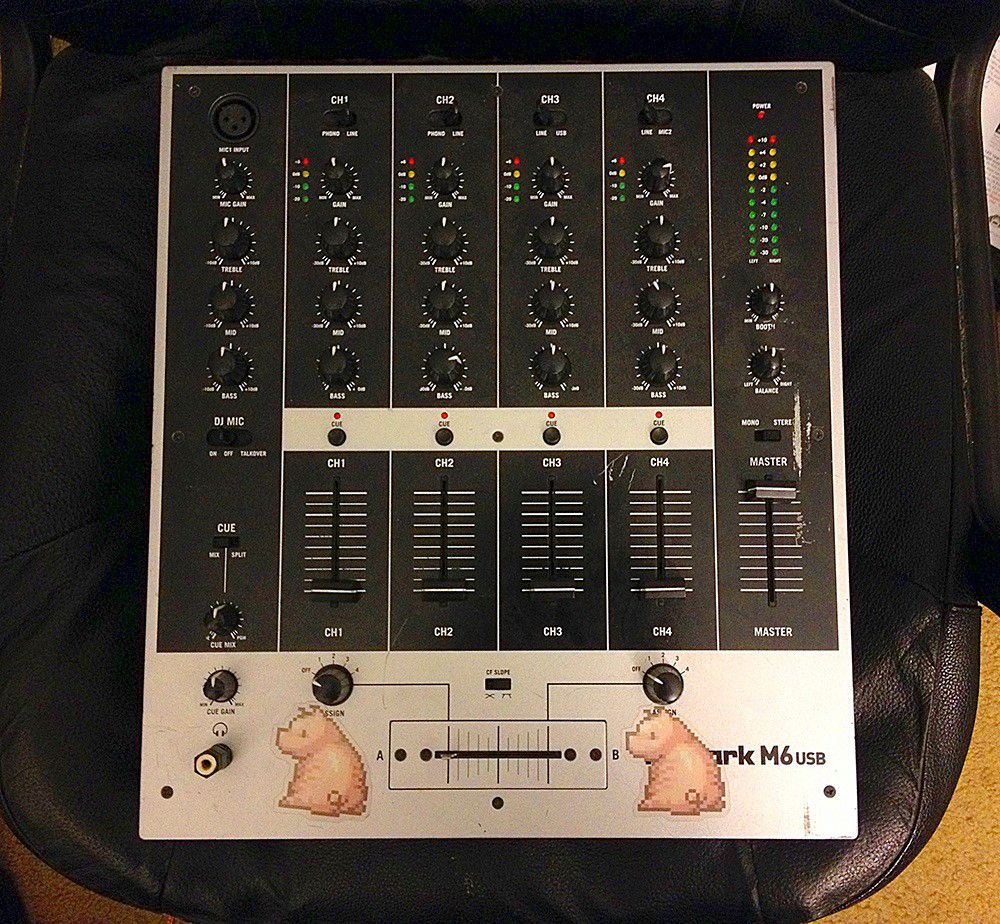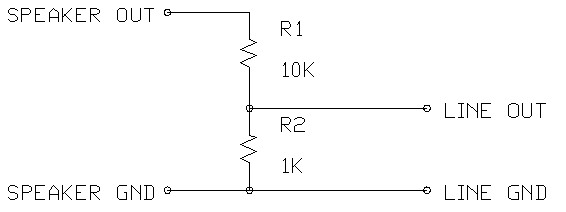1-4 are mono and can be panned to send to the left or right. Very very few pieces of gear use TRS inputs for stereo, and if they do it will be outlined in the manual or they would be labeled as stereo inputs. In this case the 1/4" TRS inputs mean they can take a balanced mono signal, which some synths and most audio interfaces can provide via 1/4" TRS or XLR outs. You can of course also use TS cables on those inputs.
With a gameboy or whatever with just a unbalanced stereo 1/8" out, you would use a 1/8" stereo to dual 1/4" TS cable. That would give you the two mono 1/4" TS for left/right. those would take up two mono channels of the mixer. pan left/right for stereo.
Anything sent to the aux send buss will be mono (it's sent before the pan comes into play in the signal path), sent out the jack, and then can return with mono (if only the L return is used) or stereo (for instance if you have a ping pong delay).
Most patches should work fine for L in only on the kaoss pad.
Thank you for making sense of it all Boner!

